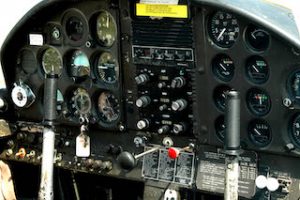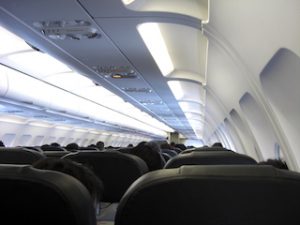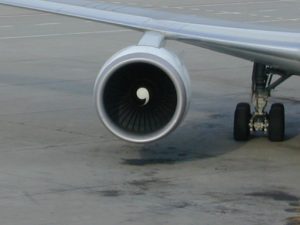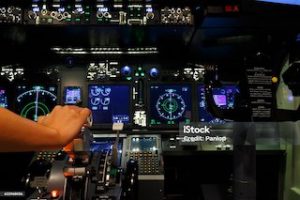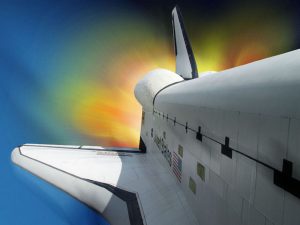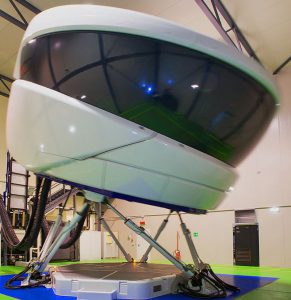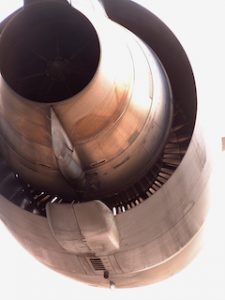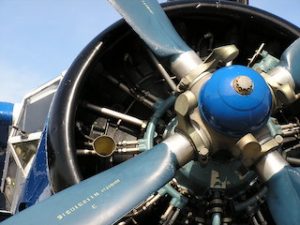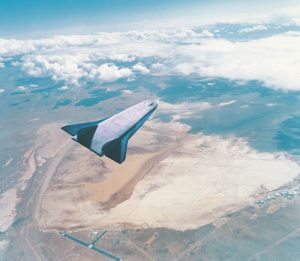Technology Used In The Pilot Institute
 In the ever-evolving field of aviation, technological advancements play a crucial role in enhancing pilot training and safety. Among these innovations, virtual reality and augmented reality have emerged as transformative tools within institutions dedicated to aviation education. This article explores the significant role of VR and AR technology in The Pilot Institute, highlighting their benefits, applications, and the future of pilot training.
In the ever-evolving field of aviation, technological advancements play a crucial role in enhancing pilot training and safety. Among these innovations, virtual reality and augmented reality have emerged as transformative tools within institutions dedicated to aviation education. This article explores the significant role of VR and AR technology in The Pilot Institute, highlighting their benefits, applications, and the future of pilot training.
The pilot institute
The pilot institute is a prominent educational establishment focused on training aspiring pilots through comprehensive programs and advanced technology. Recognised for its commitment to excellence, The pilot institute offers various courses that cater to different levels of aviation training, from private pilot licenses to advanced certifications.
Technology in pilot training
The aviation industry demands a high level of precision and safety, which necessitates rigorous training for pilots. Traditional training methods often involve classroom instruction, simulator training, and actual flight experience. However, as the industry continues to grow, so does the need for innovative training solutions that can enhance the learning experience and prepare pilots for real-world challenges.
Virtual and augmented reality technologies are revolutionizing pilot training by providing immersive experiences that simulate flight environments, enhance situational awareness, and improve decision-making skills. This article delves into how the pilot institute integrates these technologies into its training programs.
Virtual reality technology in pilot training
Immersive simulations
Virtual reality technology creates fully immersive environments that replicate real-world flight scenarios. At The Pilot Institute, students can engage in realistic flight simulations using VR headsets, allowing them to experience various flying conditions without leaving the ground. This approach helps pilots develop essential skills such as navigation, communication, and emergency response in a safe environment.
Enhanced learning experience
The primary benefit of VR technology is its ability to enhance the learning experience. Traditional training methods often struggle to convey complex concepts effectively. However, with VR, students at The Pilot Institute can visualize intricate aircraft systems, flight mechanics, and meteorological phenomena in a three-dimensional space. This interactive learning model caters to various learning styles and improves information retention.
Cost-effective training
Flight training can be expensive, with significant costs associated with aircraft operation and maintenance. VR simulations provide a cost-effective alternative, allowing students to practice flight maneuvers and emergency scenarios without the overhead of actual flight time. This not only reduces training costs but also enables students to log more hours in a controlled environment, thus increasing their confidence and competence.
Augmented reality technology in pilot training
Real-time data overlays
Augmented reality technology overlays digital information onto the real world, enhancing situational awareness for pilots. In the context of The Pilot Institute, AR can be utilized to provide real-time data during training flights, such as altitude, speed, and navigation information. This technology enables pilots to access critical information without diverting their attention from the flight environment.
Improved decision-making skills
AR technology enhances decision-making skills by presenting students with interactive scenarios that mimic real-life situations. For instance, during a training exercise, students may encounter simulated emergencies that require immediate response. With AR, they can visualise potential outcomes and make informed decisions, thereby improving their problem-solving abilities in high-pressure situations.
Collaborative learning opportunities
AR technology also facilitates collaborative learning experiences among students. At The Pilot Institute, trainees can engage in group exercises where they collectively navigate challenges and make decisions based on real-time data. This collaborative approach not only fosters teamwork but also reflects the collaborative nature of actual flight operations.
Integration of VR and AR in the pilot institute’s curriculum
Comprehensive training programs
The pilot institute has embraced VR and AR technologies as integral components of its curriculum. By incorporating these tools into various training programs, the institute offers a holistic approach to pilot education. From initial ground school to advanced flight training, students benefit from immersive experiences that prepare them for real-world flying.
Customisable training scenarios
The advantage of VR and AR is the ability to customize training scenarios. Instructors at The Pilot Institute can create tailored simulations that address specific training needs. For example, if a student struggles with navigation, instructors can design a VR exercise that focuses solely on navigation challenges, providing targeted practice and feedback.
Safety and risk management
Safety is paramount in aviation, and the integration of VR and AR technology enhances safety training. The Pilot Institute utilizes these technologies to simulate emergency scenarios that pilots may encounter in real flights. By practicing these scenarios in a safe environment, students develop the skills and confidence needed to manage high-stress situations effectively.
Benefits of VR and AR technology in pilot training
Increased engagement
VR and AR technologies significantly increase student engagement in the learning process. The immersive nature of these technologies captivates learners and encourages active participation. This heightened engagement leads to better retention of information and improved overall performance during flight training.
Enhanced skill development
The hands-on experience provided by VR and AR technologies allows students to develop practical skills more efficiently. Repeated practice in a virtual environment helps pilots master critical maneuvers, procedures, and emergency protocols. This proficiency translates into enhanced safety and performance during actual flight operations.
Adaptability to individual learning styles
Every student learns differently, and the integration of VR and AR technology allows for personalized training experiences. The Pilot Institute can tailor simulations to accommodate individual learning preferences, ensuring that each student receives the support needed to succeed. This adaptability fosters a more inclusive learning environment, enabling all students to thrive.
Future of VR and AR in pilot training
Advancements in technology
As technology continues to evolve, the capabilities of VR and AR will expand, offering even more sophisticated training solutions. Future developments may include more realistic simulations, improved hardware, and enhanced interactivity. The Pilot Institute remains committed to staying at the forefront of these advancements to provide its students with the best training possible.
Integration with artificial intelligence
The integration of artificial intelligence with VR and AR technology presents exciting possibilities for pilot training. AI can analyze student performance in real time, providing personalized feedback and adjusting training scenarios accordingly. This synergy between technologies will create a more dynamic and effective learning experience at The Pilot Institute.
Global accessibility
The global aviation community can benefit from the widespread adoption of VR and AR technologies in pilot training. As these technologies become more accessible and affordable, aviation schools worldwide can enhance their training programs. This democratisation of aviation education will lead to a new generation of skilled pilots prepared to meet the industry’s demands.
Embracing innovation in pilot training
The integration of virtual and augmented reality technologies in The Pilot Institute represents a significant leap forward in pilot training. By providing immersive experiences, enhancing decision-making skills, and improving overall engagement, these technologies are reshaping how aspiring pilots learn and develop their skills.
As the aviation industry continues to evolve, so must the methods used to train its professionals. The Pilot Institute’s commitment to leveraging innovative technologies ensures that its students are well-equipped to meet the challenges of modern aviation. By embracing VR and AR, The pilot institute not only enhances the educational experience but also prepares its graduates for successful careers in a competitive field.
For aspiring pilots, choosing The Pilot Institute means gaining access to cutting-edge training tools that will shape their future in aviation. As the industry progresses, those who adapt and embrace technology will be the ones leading the way in the skies.

